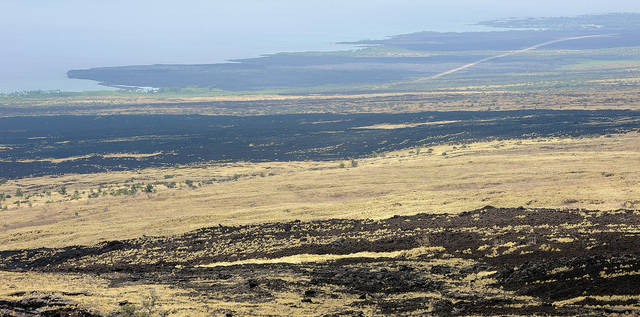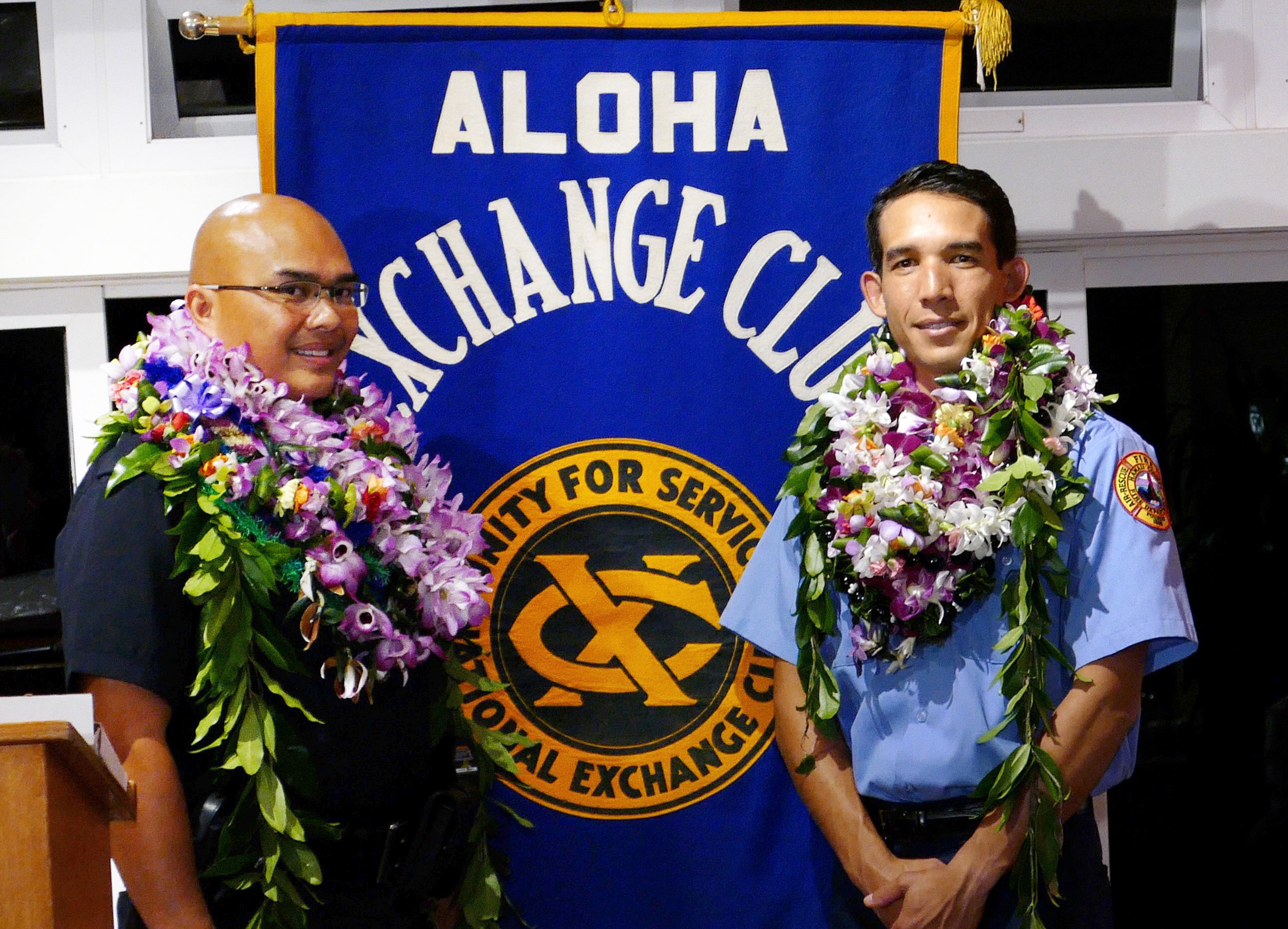Wildfires are much less contained to a specific time of the year than they have been in the past. Instead fire has become a year-round occurrence that could present itself at almost anytime. Be wary of activities that could lead to sparking fire as Hawaii enters the time of year that is still more at risk for wildfires. While there have been plenty of recent rain events throughout the state, it is very likely that severe drought season is on the horizon, with fire fuel loads now in higher supply. It takes only one spark.
Ken Pimlott, retired chief of the California Department of Forestry and Fire Protection spoke recently in Honolulu. He agreed that pre-fire vegetation management work is a necessary action to reducing the risks of fire as we enter this more fire-prone season.
Ken Pimlott - retired chief of the California Department of Forestry and Fire Protection speaks in Honolulu about the current fire risks we are facing.
Check out this very informative article by Big Island Now to get the scoop on what the technical specialists have been discussing in the realm of wildfire.
From the Source at Big Island Now:
Michael Walker, state fire forester for the DLNR Division of Forestry and Wildlife (DOFAW), repeated a common refrain, “Like everywhere else in the west, Hawai‘i does not have a specific fire season. It used to be we geared up for battling wildland fires in late summer and early fall, as those times historically were the most common times for big fires. Driven by our changing, warming climate, fire season here in the islands, like in all western states on the mainland, is now year around.”
Clay Trauernicht, a wildland fire specialist with the University of Hawai‘i’s Cooperative Extension Service traces how the potential for wildland fire has steadily grown over the years.
Trauernicht explained, “Agriculture and ranching declines have left us with about one million acres of non-native grasses and shrubs statewide. This vegetation is incredibly prone to burning during drought. Clearing and cleaning up the brush on your property is critical for the safety of your family, home, and our firefighters. On top of this, we have some of the highest frequencies of fire starts in the US. About 75% of those ignitions are accidental, which means they can be prevented. So take care with campfires, BBQs, using machinery and running cars over and around dry grass. We also see big spikes in wildfires around the holidays… ”






















